How NASA Flies Space Shuttles on 747 Jets (Photos)
The Beginning of the End
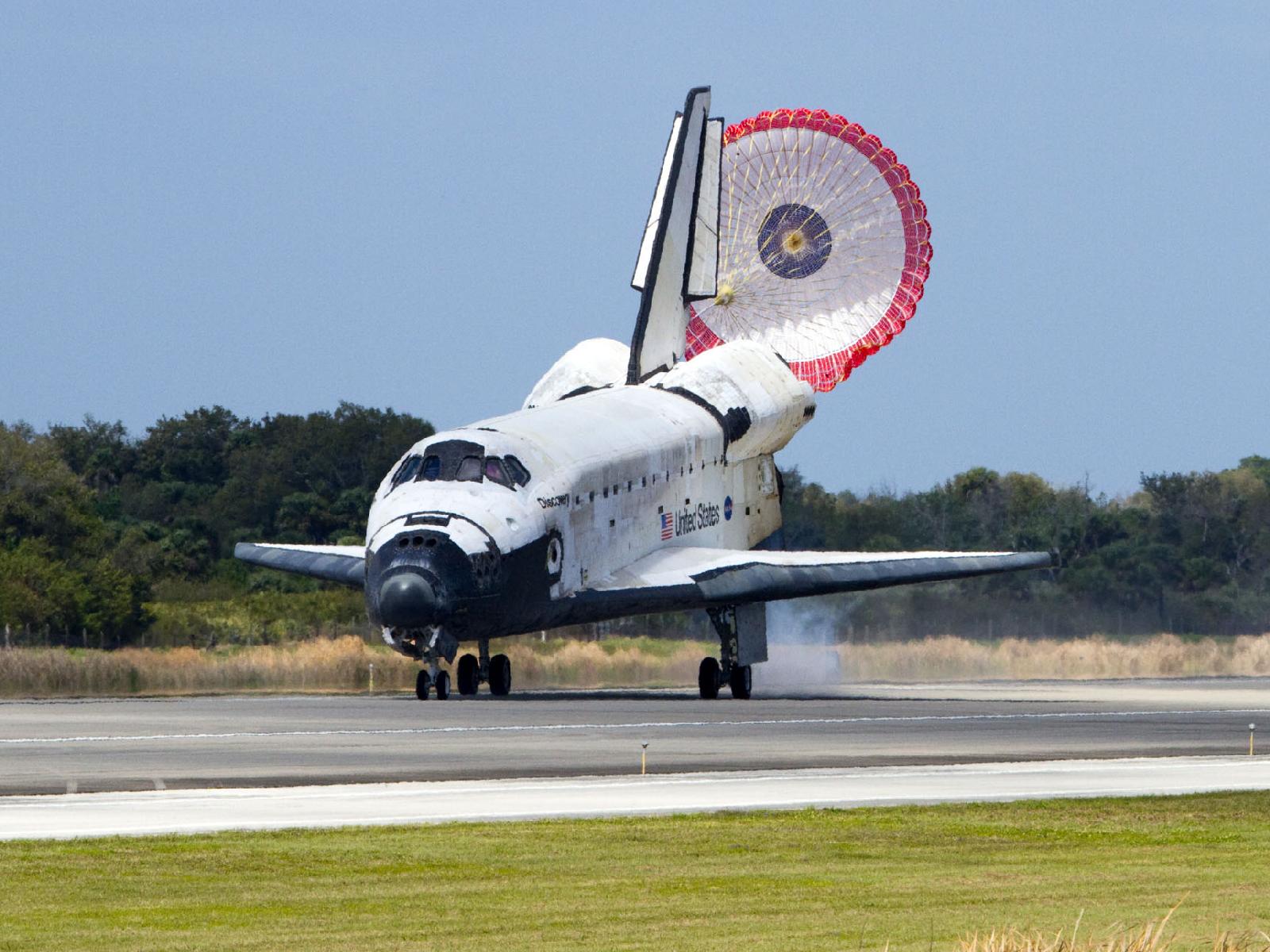
NASA’s space shuttle Discovery landed for the final time at Kennedy Space Center in Cape Canaveral, Fla., March 9, 2011. Soon, it will make its final journey, from KSC to the Smithsonian National Air and Space Museum's Stephen F. Udvar-Hazy Center in Chantilly, Va., where it will spend the rest of its days on public display. Here’s a look at how this complicated move will be done.
Roll out to the Runway
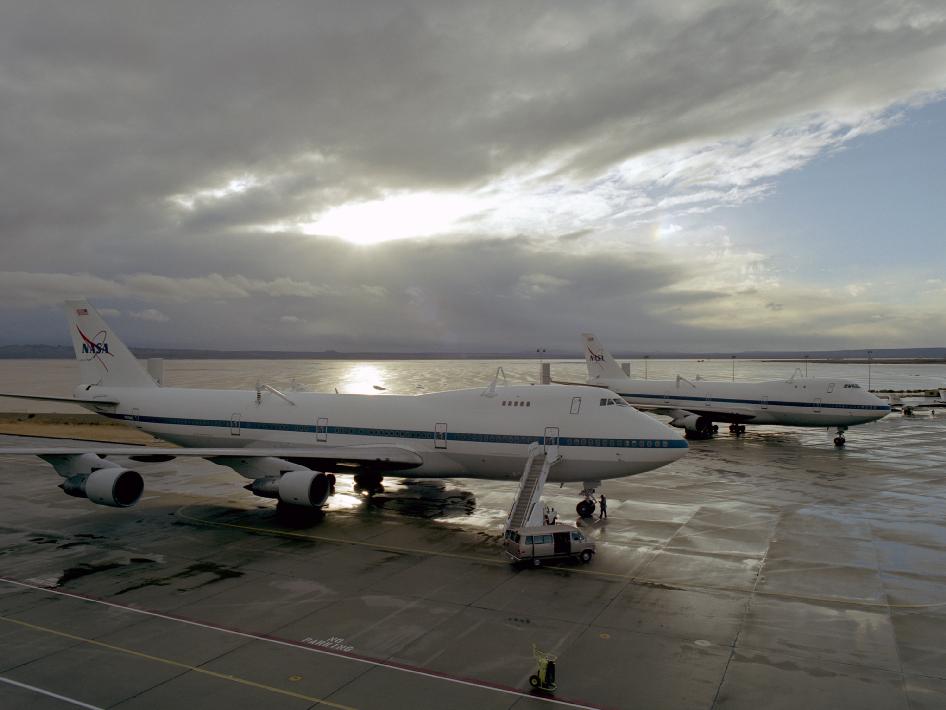
On Saturday (April 14), Discovery is set to roll out from the Vehicle Assembly Building, the 52-story building where it's gone through recent processing, to the Shuttle Landing Facility, the expansive runway where space shuttles touch down when they land at KSC.
Here, the Shuttle Carrier Aircraft, the modified 747 jet that will carry it across the country, will be waiting.
Lift up the Orbiter
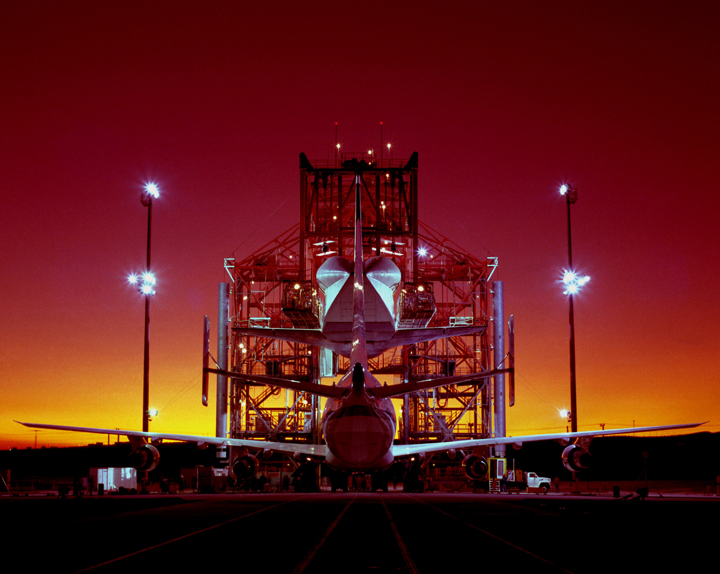
To load the shuttle onto the jet, NASA uses a giant gantry-like machine called the Mate-Demate device. This contraption uses two 100-foot steel towers with a massive lift beam in between them to hoist the orbiter off the ground.
Attach the Orbiter to the Plane
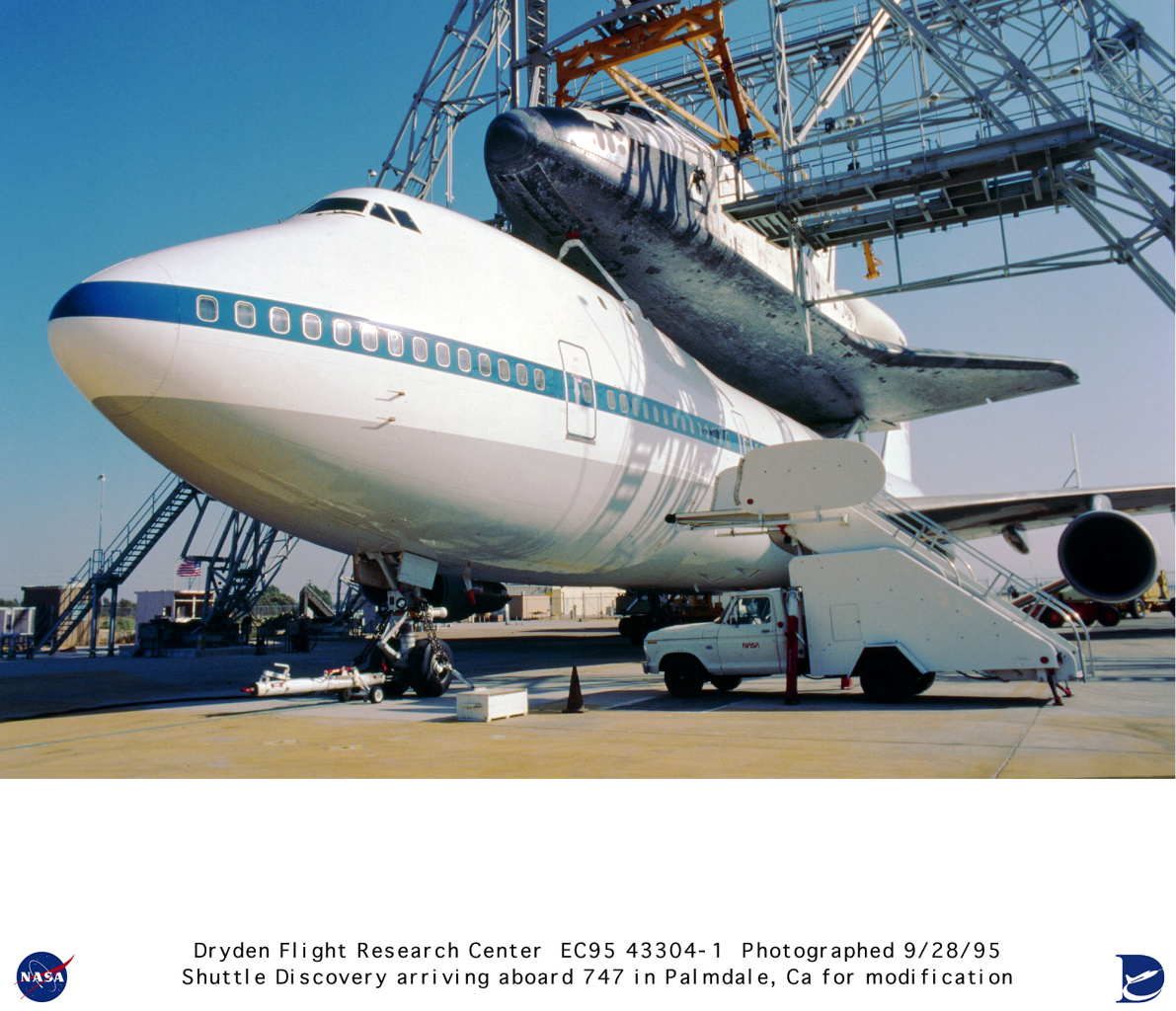
Once Discovery is lifted in the air by the Mate-Demate device, the Shuttle Carrier Aircraft will roll beneath it, positioning itself under the belly of the orbiter, which can then be lowered down and attached via three struts protruding from the Boeing's fuselage.
Fly to Destination
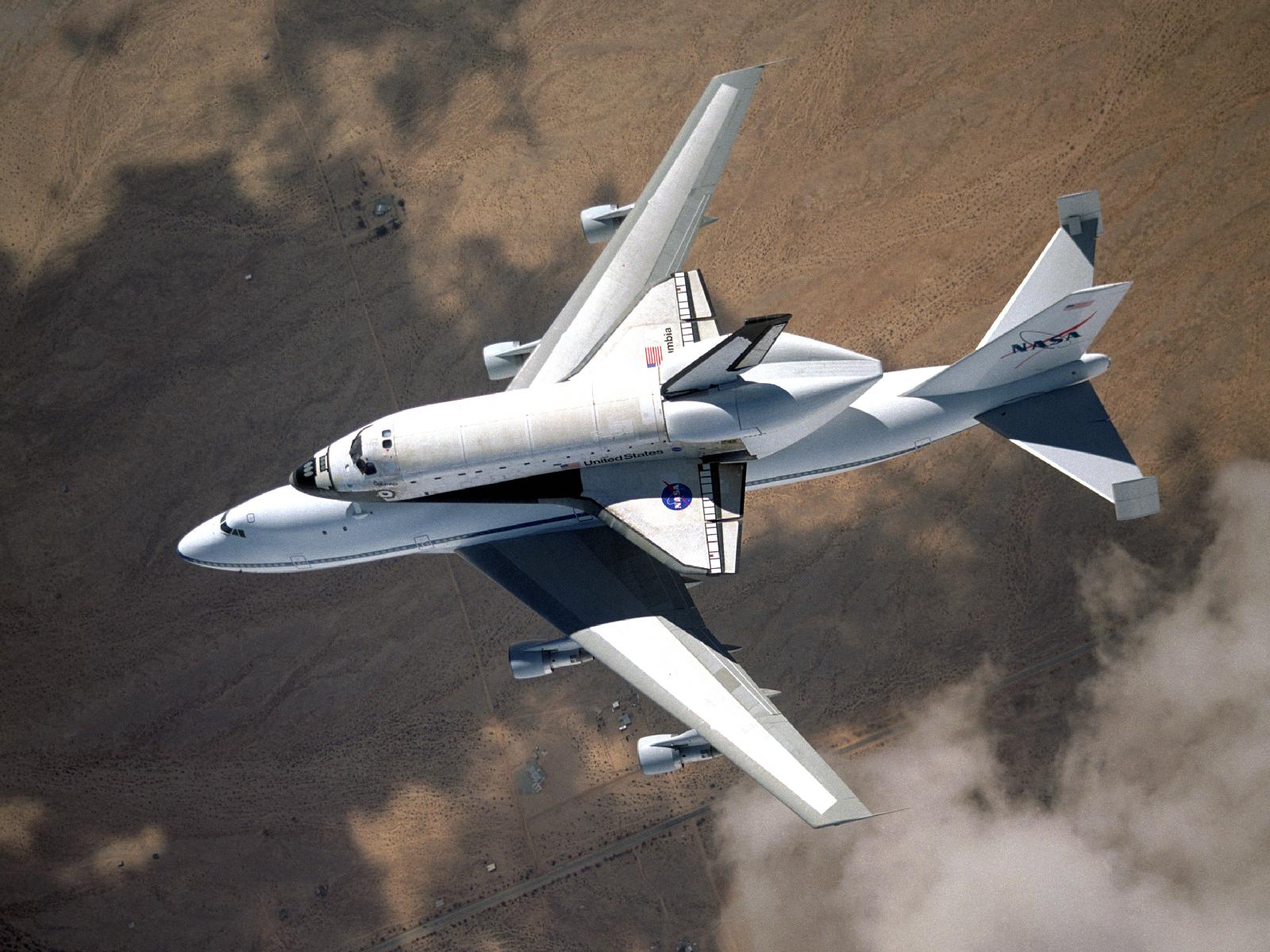
The linked vehicles will then take off the runway much like a normal airliner and fly up the Eastern seaboard to the Udvar-Hazy Center, a hangar-turned-museum near the Dulles International Airport. Before they land at the airport, however, the two are scheduled to take a twirl roughly 1,500 feet above major landmarks in Washington, D.C., so people on the ground can welcome Discovery.
Detach Orbiter
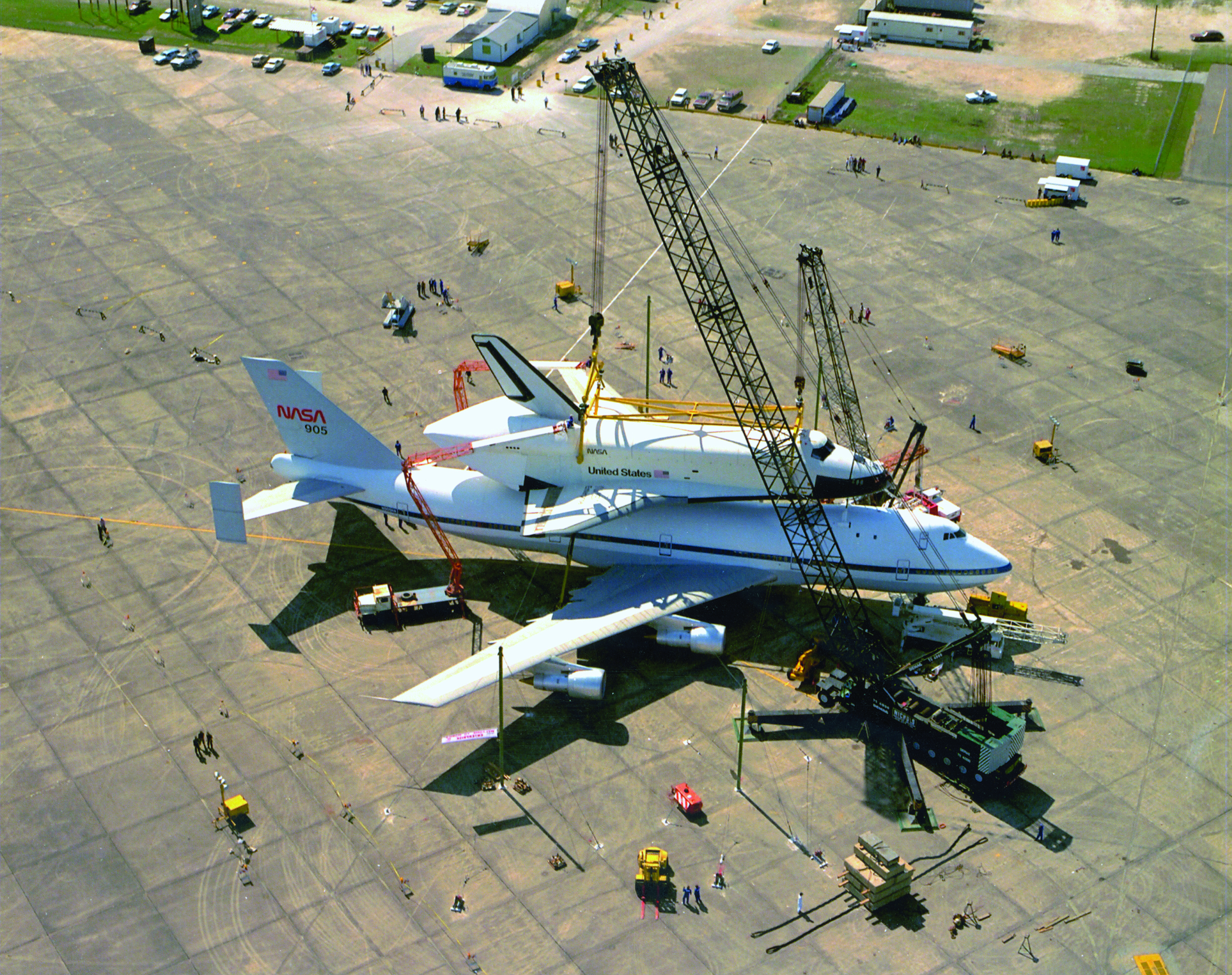
At the Dulles airport, the attachment process will be performed in reverse. Discovery will be demated from its ride and lifted into the air by a pair of giant cranes (there's no Mate-Demate gantry here). Then the Shuttle Carrier Aircraft will back out from beneath it.
Lower Orbiter to the Ground
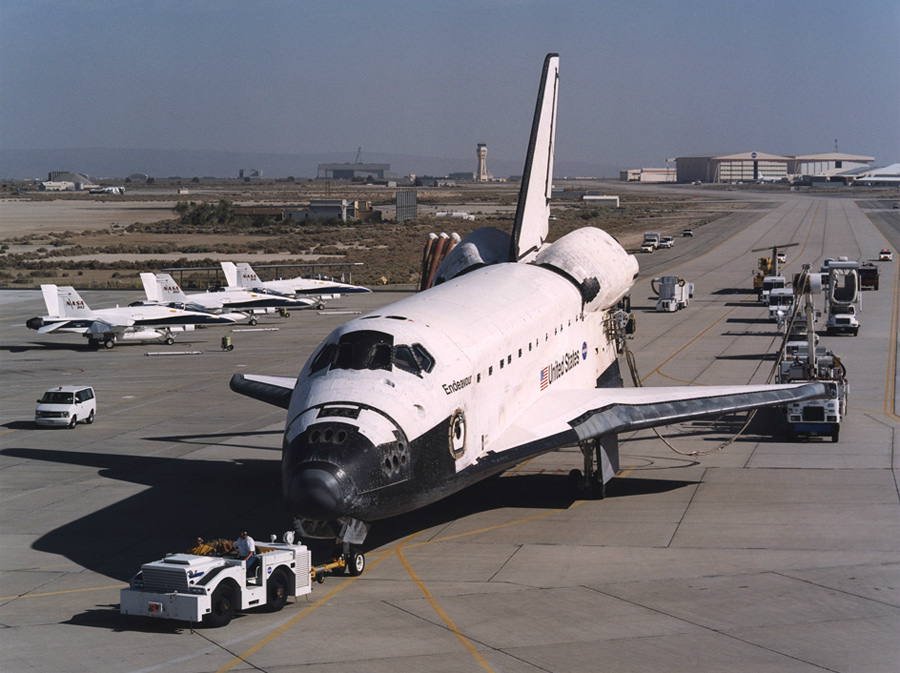
Once the jet is out of the way, the huge cranes will lower Discovery near the ground. Before settling it there, Discovery's landing gear wheels will be extended out from its underside, so it can touch down on the ground with them.
Get the Space.com Newsletter
Breaking space news, the latest updates on rocket launches, skywatching events and more!
Display in Museum
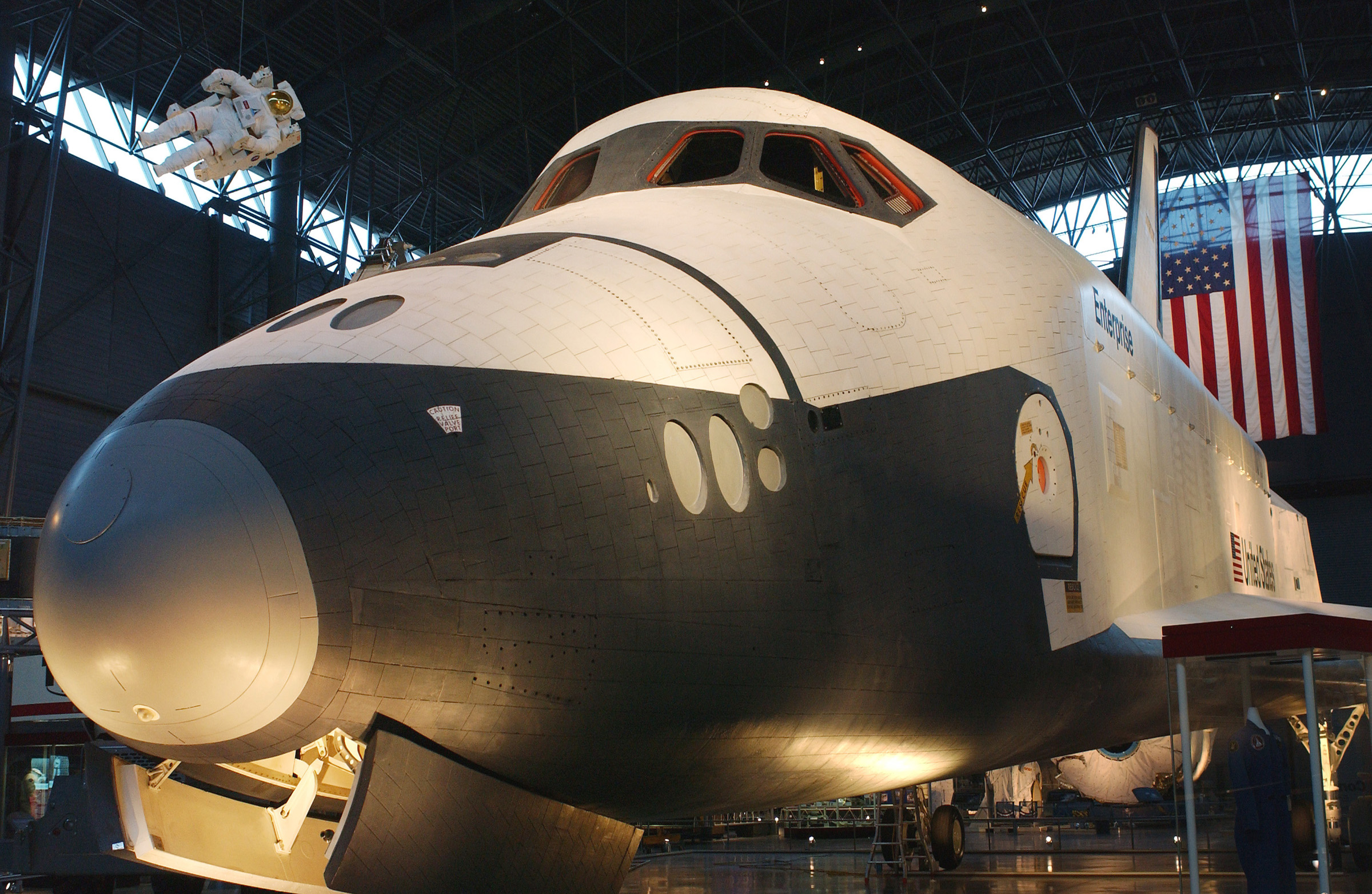
From the airport, Discovery will be towed the short way to the adjacent Udvar-Hazy Center facility, where it will be installed in a place of honor.
Join our Space Forums to keep talking space on the latest missions, night sky and more! And if you have a news tip, correction or comment, let us know at: community@space.com.

Space.com is the premier source of space exploration, innovation and astronomy news, chronicling (and celebrating) humanity's ongoing expansion across the final frontier. Originally founded in 1999, Space.com is, and always has been, the passion of writers and editors who are space fans and also trained journalists. Our current news team consists of Editor-in-Chief Tariq Malik; Editor Hanneke Weitering, Senior Space Writer Mike Wall; Senior Writer Meghan Bartels; Senior Writer Chelsea Gohd, Senior Writer Tereza Pultarova and Staff Writer Alexander Cox, focusing on e-commerce. Senior Producer Steve Spaleta oversees our space videos, with Diana Whitcroft as our Social Media Editor.









